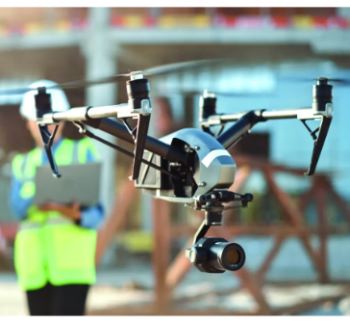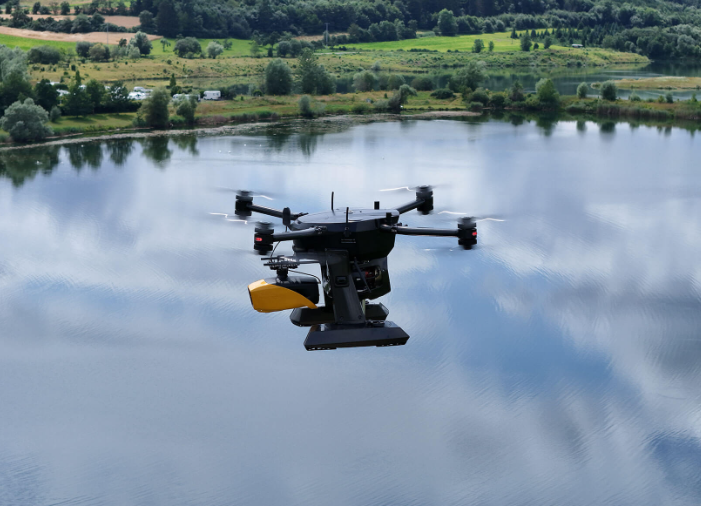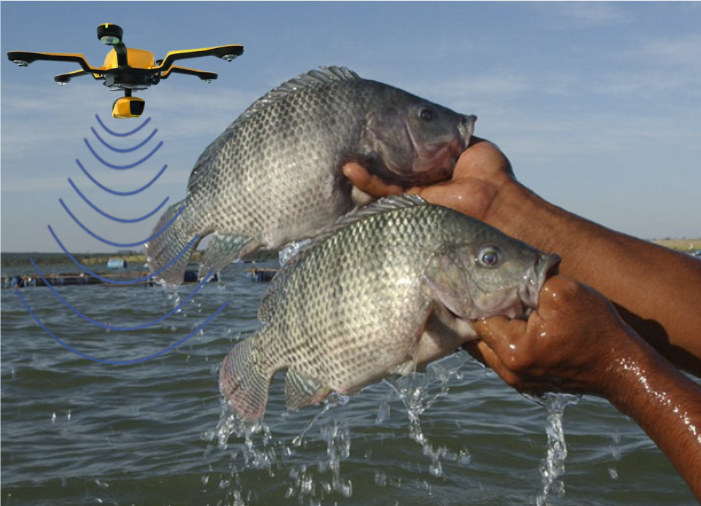|

Photo: Stockfile/FIS
Drones Revolutionizing Fish Farming with Precision Nutrition
 BRAZIL
BRAZIL
Friday, December 06, 2024, 07:00 (GMT + 9)
Aquaculture is increasingly embracing advanced technologies to enhance fish welfare and optimize performance through precise feeding and management strategies.
 In search of greater precision in feeding and management, aquaculture has been adopting new technologies to promote the well-being and performance of fish. “When we address precision in feed formulation and management, we seek not only to increase fish performance and feed efficiency, but also resistance to adverse conditions, reduction of effluents and better carcass yield,” explained Dr. Wilson Rogério Boscolo, a professor in Aquaculture and Fisheries Engineering at the State University of Western Paraná (Unioeste). Dr. Boscolo shared these insights during the Precision Nutrition Panel at the International Fish Congress & Fish Expo Brazil (IFC Brazil), held from September 24–26 in Foz do Iguaçu, Paraná. In search of greater precision in feeding and management, aquaculture has been adopting new technologies to promote the well-being and performance of fish. “When we address precision in feed formulation and management, we seek not only to increase fish performance and feed efficiency, but also resistance to adverse conditions, reduction of effluents and better carcass yield,” explained Dr. Wilson Rogério Boscolo, a professor in Aquaculture and Fisheries Engineering at the State University of Western Paraná (Unioeste). Dr. Boscolo shared these insights during the Precision Nutrition Panel at the International Fish Congress & Fish Expo Brazil (IFC Brazil), held from September 24–26 in Foz do Iguaçu, Paraná.
The Role of Drones in Aquaculture
Aquaculture is leveraging cutting-edge solutions like drones and smart sensors to streamline operations. According to Dr. Boscolo, drones equipped with water quality sensors are already transforming fish farming by providing real-time data on critical parameters such as dissolved oxygen, temperature, pH, and turbidity. These drones can also deliver feed directly to tanks, reducing labor costs and ensuring optimal distribution. “With large-area ponds and net cages, feeding needs to be efficient. The use of drones allows an operator to monitor the entire process without the need for physical movement. In addition, underwater drones operate in tanks and cages, helping to identify damage or environmental changes that could compromise production,” explains Boscolo.

Photo: Xer Technologies
Artificial Intelligence and Real-Time Insights
Advancements in artificial intelligence (AI) and cloud computing further enhance the capabilities of these technologies. Drones, integrated with AI, analyze behavioral and health patterns in real time, offering technicians actionable insights. Biological sensors that monitor fish metabolism and heart rate provide critical information about stress levels and appetite, supporting precision feeding and welfare management.
These monitoring practices allow fish nutrition to be adjusted precisely, avoiding waste and promoting the sustainability of the activity. “We are observing a path that resembles precision agriculture, with inputs and technologies adapted to the reality of aquaculture. Precision in nutrition is becoming an important resource to make farming more efficient and sustainable,” comments Boscolo.

Driving Innovation and Sustainability in Aquaculture
As aquaculture expands to meet growing demand for high-quality fish, precision technologies are offering significant competitive advantages. “These investments are essential to consolidate aquaculture as an innovative and environmentally responsible sector,” emphasizes Boscolo.
Beyond modernizing production, these technologies reinforce the sector’s commitment to quality and sustainability, ensuring that consumers receive fish cultivated through efficient and eco-friendly practices.
Source: O Presente Rural (translated from original in Portuguese)
[email protected]
www.seafood.media
|



